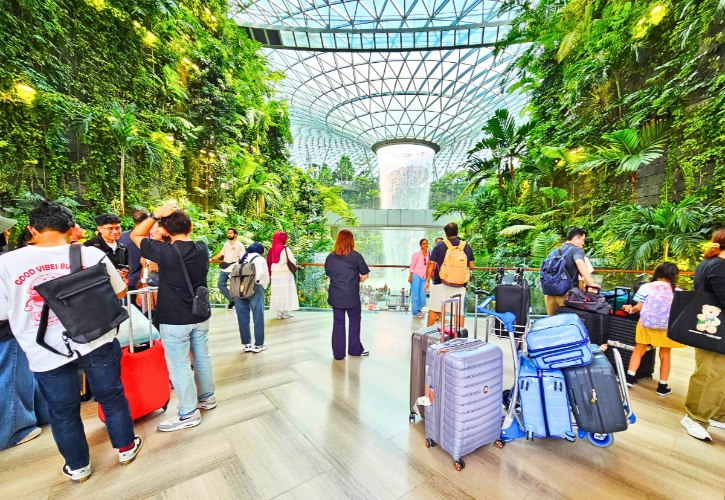
Planning a trip to Singapore and not sure what to pack or leave behind?
Singapore’s hot weather, regular rain showers, and strict laws mean packing smartly is important.
This guide shows you 12 essential items you should bring and 3 things you should avoid packing.
I hope this guide helps you prepare easily and comfortably for your Singapore adventure! 😊
1. Lightweight, Breathable Clothing
a. Singapore’s Weather (All Year)
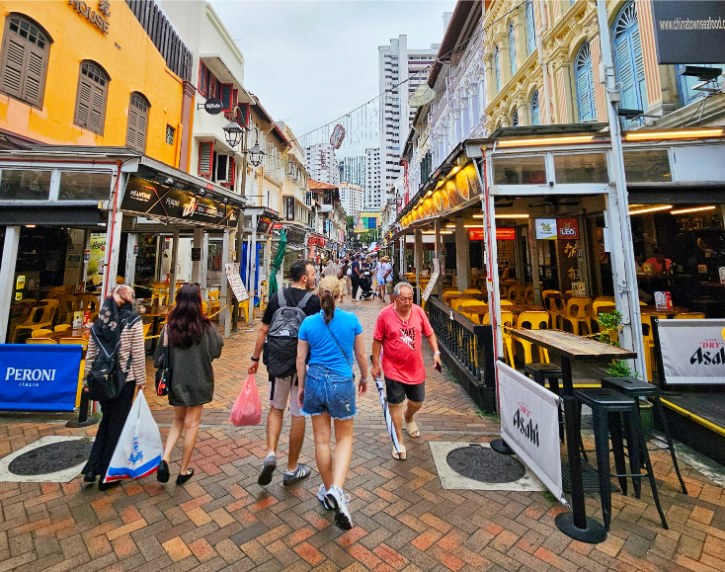
- Warm Year-Round: Singapore is always hot, with temperatures usually around 31–33°C during the day.
- High Humidity: Humidity often reaches around 80–85%, making you feel sweaty quickly.
- Frequent Rain: Rain showers happen regularly, but the weather stays warm and humid afterward.
b. Recommended Clothes for Men and Women
- Men: Pack cotton or linen shorts, short-sleeved shirts, polo shirts, or thin pants. Don’t bring heavy denim.
- Women: Choose cotton shirts, light dresses, skirts, or loose-fitting pants. Avoid heavy jeans or tight clothing.
- General Tip: Wear casual clothes that let air flow freely. Sports clothes made from quick-drying fabric can also help you stay cool.
c. Bring a Light Cardigan or Jacket

- Cooler Attractions: Attractions like the Flower Dome and Cloud Forest at Gardens by the Bay are cooler than outside because of air conditioning, so bringing a cardigan is helpful.
- Easy to Pack: A light cardigan doesn’t take much space, and you can easily put it on or remove it as needed.
2. Comfortable Walking Shoes
a. Exploring Attractions
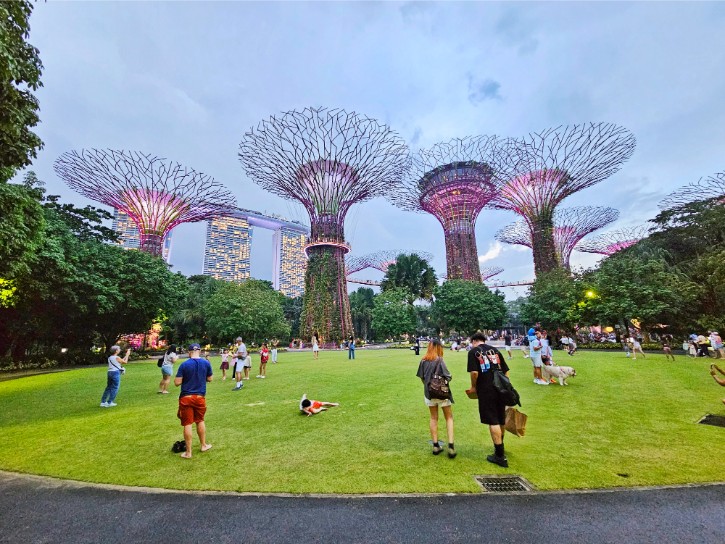
- Lots of Walking: You’ll do plenty of walking in Singapore, exploring places like Gardens by the Bay, Marina Bay Sands, Chinatown, Little India, and Sentosa. Comfortable shoes make exploring easier and prevent sore feet.
- Using the MRT: The MRT is convenient, but you’ll still have to walk between stations and to nearby attractions. Comfortable shoes help you manage these walks easily and comfortably.
b. Recommended Footwear
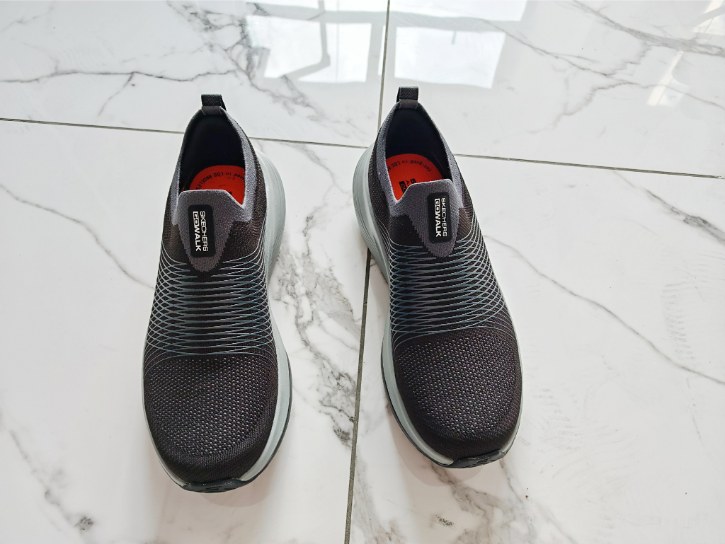
- Recommended Shoes: Sneakers or walking shoes with good support are best, such as Nike Air, Adidas Ultraboost, or Skechers Go Walk. Waterproof sandals like Crocs or flip-flops like Havaianas are ideal for rainy weather and casual outings.
- Flip-Flops or Sandals: Pack sandals or flip-flops for beach days at Sentosa, relaxing at hotel pools, or casual strolls. They’re easy to wear, comfortable, and perfect for Singapore’s warm weather.
3. Portable Fan

a. Staying Cool in Singapore
- Hot and Humid Weather: Singapore is very hot and humid throughout the year. Humidity makes you feel sticky and uncomfortable. A portable fan helps you feel cooler immediately.
- Cooling on the Move: You’ll spend time outside or moving between places without air-conditioning, like bus stops, outdoor markets, Chinatown, and Little India. Having a portable fan means you can cool down wherever you go.
b. Choosing the Right One
- Battery Life: Look for fans with long-lasting batteries to ensure they last throughout your day.
- Quiet Operation: Opt for fans that operate quietly, so they don’t disturb you or others around you.
4. Foldable Umbrella
a. Singapore’s Unpredictable Weather

- Frequent Rain: Sudden showers are common throughout the year, even in drier months. Carrying a compact umbrella keeps you prepared.
- Intense Sun: Singapore’s sun is strong, with high UV levels. A compact umbrella provides quick shade, helping you avoid sunburn.
b. Why Choose a Compact Umbrella
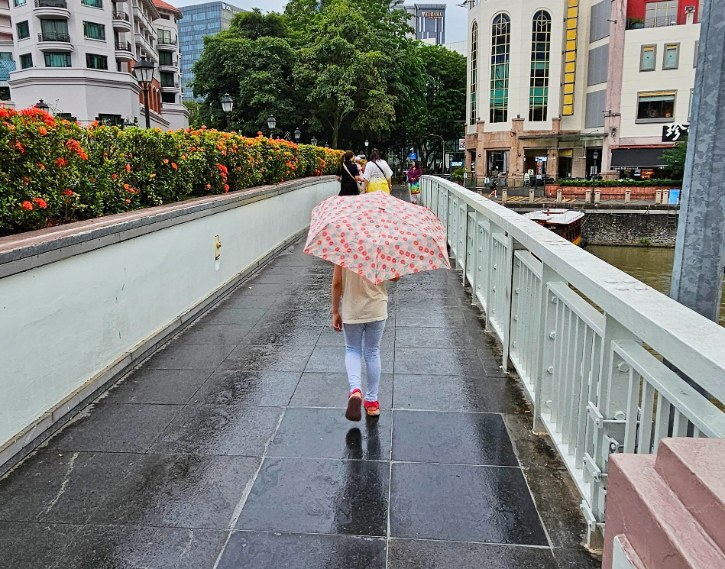
- Easy to Carry: Compact umbrellas are small, lightweight, and easily fit in your bag. Ideal for daily sightseeing or city walks.
- Two-in-One Use: Useful for both rainy and sunny weather. One umbrella protects you from getting wet and shields you from harsh sunlight.
- Popular Among Locals: Locals often carry umbrellas daily, even when sunny. You won’t feel out of place using one regularly.
5. Daypack or Small Backpack
a. Convenience for Daily Exploration
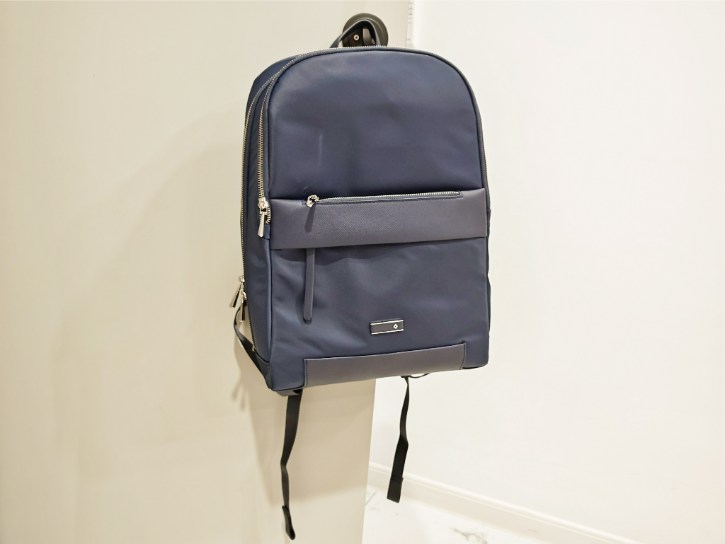
- Quick Access: You can easily reach essentials like a water bottle, sunscreen, umbrella, portable fan, and power bank.
- Easy Travel: A small backpack makes navigating crowded MRT trains and buses simpler.
- Lightweight: Carry your essentials comfortably all day without feeling weighed down.
- Safe and Secure: It’s easier to keep an eye on your belongings in busy places.
b. Climate Adaptability
- Rain Protection: Singapore’s weather is unpredictable, so carry a waterproof or water-resistant backpack to protect your electronics and important items.
- Handle the Heat: Pack sunscreen, a small towel, and a portable fan to stay comfortable in the hot weather.
c. Ideal for Short Trips and Activities
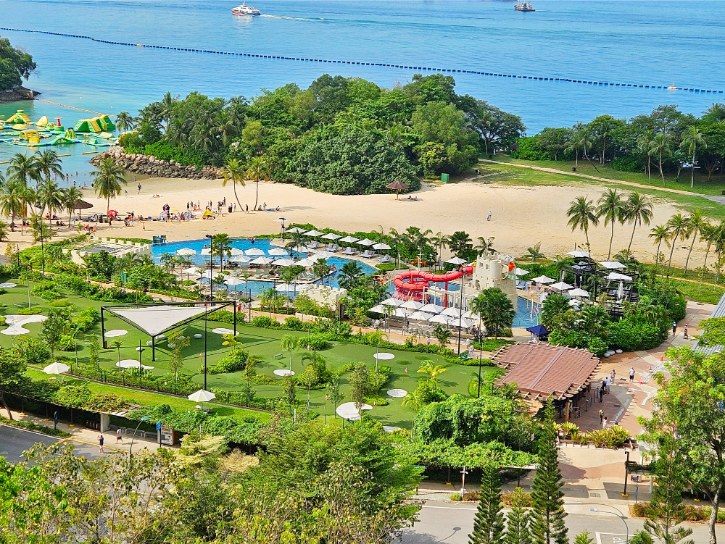
- Sentosa Beaches: Pack swimwear, a quick-dry towel, sunscreen, and spare clothes for beach days at Palawan or Siloso.
- Gardens by the Bay: Bring a light sweater for indoor attractions with strong air-conditioning and a hat and sunscreen for outdoor areas.
- Singapore Zoo: Carry insect repellent, a water bottle, and swimwear (for water-play areas) for a smooth, enjoyable visit.
6. Sunscreen
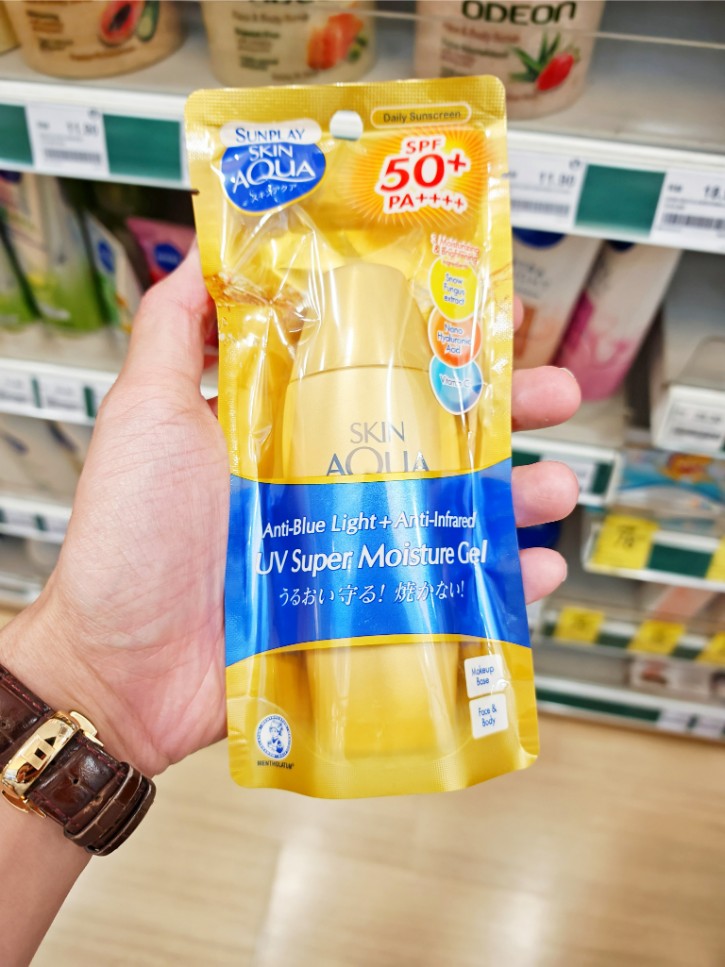
a. Singapore’s Sun Is Stronger Than You Think
- Strong Sun All Year: Singapore is near the equator, so the sun is strong every day throughout the year.
- High UV Exposure: The UV levels are usually very high, meaning you can get sunburned quickly, even during short periods outdoors.
- Cloudy Days Can Burn Too: UV rays pass through clouds, so you can still get sunburned even if it’s cloudy or hazy.
b. How to Choose the Right Sunscreen
- SPF 30 or More: Pick a sunscreen with at least SPF 30. It effectively protects your skin from sunburn.
- Broad-Spectrum Protection: Choose a sunscreen that says “broad-spectrum”. This protects you from UVA rays (that age your skin) and UVB rays (that cause sunburn).
- Water-Resistant Sunscreen: Singapore’s weather is hot and humid, causing you to sweat. Water-resistant sunscreen will last longer when you sweat or swim.
c. Don’t Forget These Spots
- Ears: The tops and backs of your ears burn easily, so remember to apply sunscreen here.
- Neck: Apply sunscreen on the back of your neck, especially when exploring outdoors.
- Tops of Feet: People often forget their feet, but they can burn quickly if you’re wearing sandals.
- Backs of Hands: Hands are always exposed, so make sure to protect them from sunburn too.
7. Insect Repellent
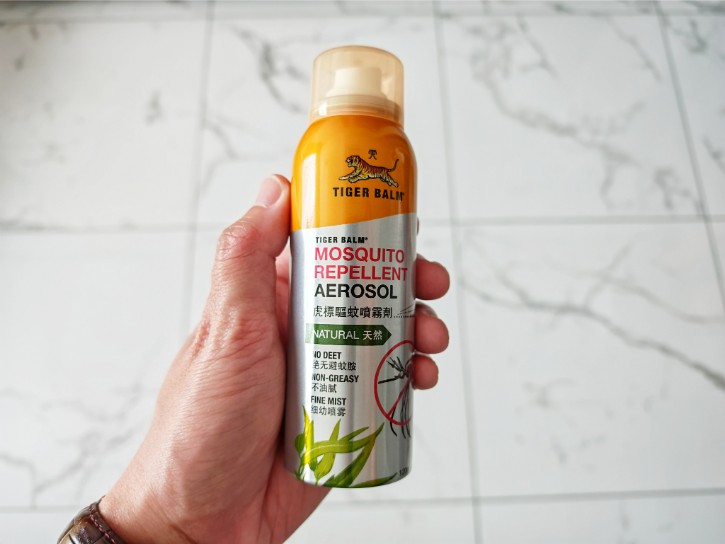
a. Mosquito Disease Risk
- Dengue Fever: Mosquitoes commonly spread dengue in Singapore, especially between June and October.
- Stay Safe: Thousands of dengue cases occur each year; local authorities strongly recommend insect repellents.
- High-Risk Spots: Apply insect repellent before visiting popular outdoor attractions like the Botanic Gardens, Night Safari, and Singapore Zoo.
b. Natural Repellents Less Reliable
- Short Protection: Natural options like citronella, lemongrass, and eucalyptus only offer brief protection and quickly lose effectiveness.
- Better Choices: Repellents with DEET, picaridin, or IR3535 last longer and protect you better throughout the day.
8. Travel Adapter
a. Singapore’s Plug & Voltage Standards

- Plug Type: Singapore uses Type G plugs, with three rectangular pins arranged in a triangle (same as the UK).
- Voltage: Electricity runs at 230V, 50Hz, similar to Europe, Australia, and most of Asia.
- Device Compatibility: If your devices don’t support dual voltage (110V-240V), you’ll need a voltage converter. However, most modern electronics like phones and laptops already support this and will work fine.
b. Why You Need a Travel Adapter
- Different Plug Shapes: Plugs from the US (Type A/B), Europe (Type C/F), and Australia (Type I) don’t match Singapore’s outlets.
- Essential for Charging: Without an adapter, you won’t be able to plug in your phone, laptop, or camera charger.
- Adapter vs. Converter: An adapter helps your plug fit the socket but doesn’t adjust voltage.
c. Check Your Devices
- Look for Voltage Label: Check your device’s charger for “Input: 100-240V”. This means it supports Singapore’s voltage and only needs an adapter.
- Common Dual-Voltage Items: Most phones, laptops, cameras, and chargers are dual-voltage.
- Single-Voltage Devices: Some appliances from the US, like hair dryers, only support 120V. You’ll need a voltage converter to use these safely, or it’s best to leave them at home.
d. Choosing the Right Adapter
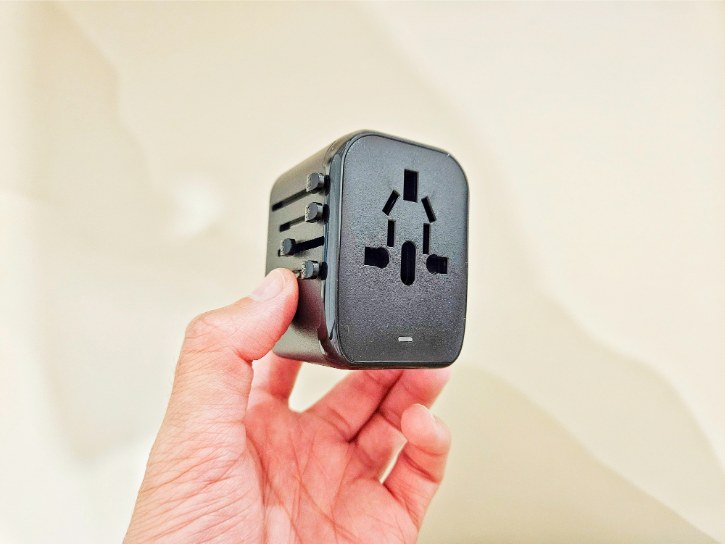
- Type G Adapter: Best choice if you’re only visiting Singapore or other countries like the UK and Malaysia.
- Universal Adapter: Handy if you’re traveling to multiple countries with different plug types.
- Multi-Port USB Adapter: Useful to charge several devices at once from just one outlet, reducing clutter and adapters needed.
9. Portable Charger (Power Bank)
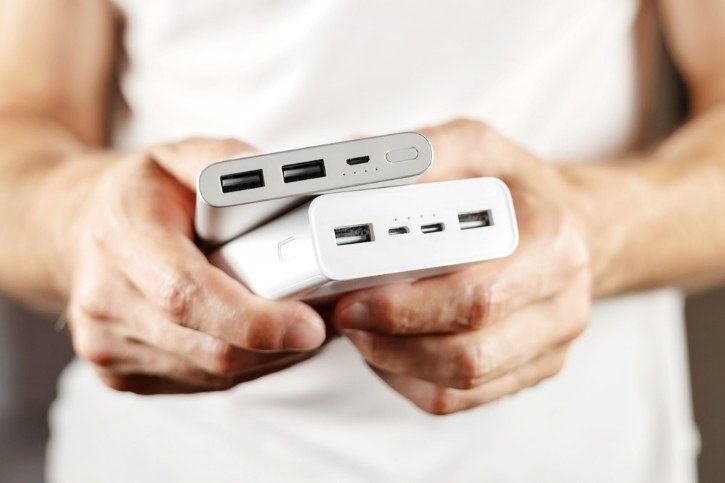
a. Stay Connected Throughout the Day
- Navigation and Apps: You’ll often use apps like Google Maps and Grab to find your way around Singapore, check public transport routes, or book a ride. These quickly use up your battery.
- Taking Photos: You’ll probably take many pictures and videos at places like Gardens by the Bay or Marina Bay Sands. Frequent camera use drains your phone battery quickly.
- All-Day Exploring: You’ll likely spend entire days sightseeing, from morning until evening. A portable charger makes it easy to keep your phone charged without needing to stop and find a power outlet.
b. Airline Regulations for Power Banks
- Carry-On Only: Always pack your power bank in your carry-on luggage. Airlines prohibit power banks in checked bags for safety reasons.
- Up to 100Wh (about 26,800 mAh): Allowed in carry-on luggage without any special permission. Most regular portable chargers fit this rule.
- Between 100Wh and 160Wh: Usually allowed but may need airline approval. Double-check with your airline before traveling.
- Above 160Wh: Typically not allowed on passenger flights, so avoid packing very large power banks.
Read More: 3 New Changes to Airline and Carry-On Rules
10. Reusable Water Bottle
a. Save Money on Bottled Water
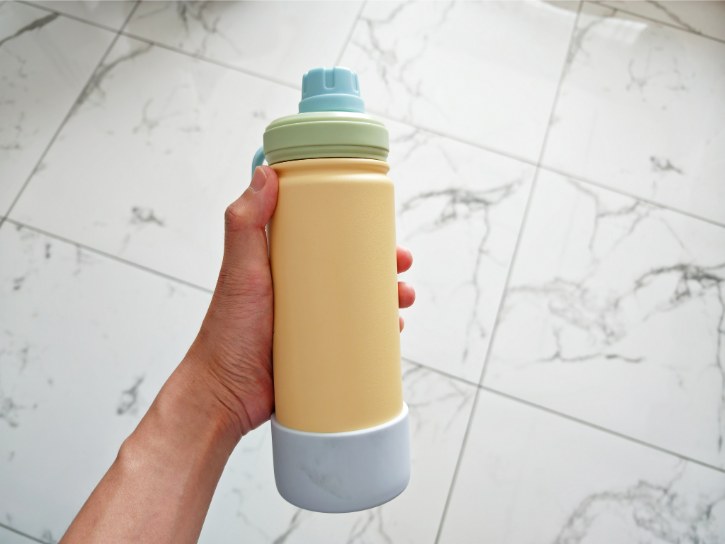
- Cost of Water: Buying bottled water in Singapore can cost around S$1 per bottle. Bringing your reusable bottle helps you save money.
- Drink Tap Water: Singapore’s tap water is safe and clean to drink, so you can refill your bottle anywhere.
b. Stay Hydrated in Singapore’s Heat
- Hot Weather: Singapore is very hot and humid. It’s important to drink water regularly to stay comfortable and hydrated.
- Easy Access: Carrying your own water bottle makes it simple to stay hydrated without needing to buy drinks frequently.
c. Easy Access to Free Refill Stations
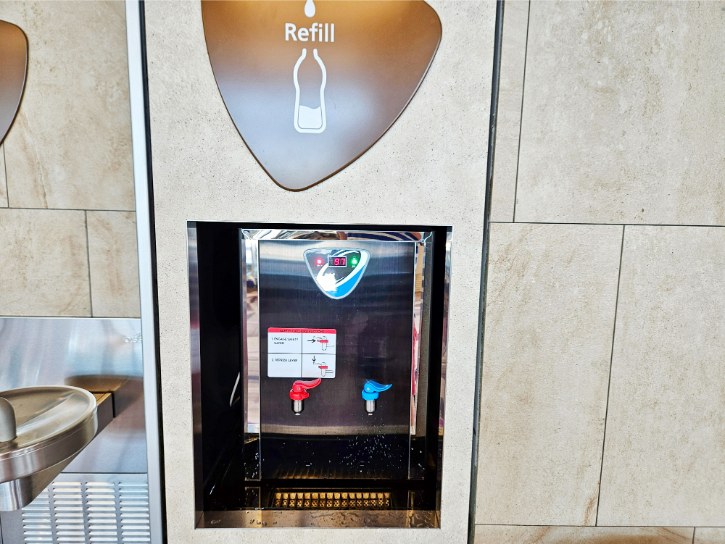
- Jewel Changi Airport: Free hot and cold water dispensers are available in nursing rooms on all floors (Basement 2 to Level 4).
- Rainforest Wild Asia: Water refill stations located near restrooms for convenient refills.
- Singapore Zoo: Water refill stations are near restrooms and along paths, making it easy to refill your bottle during your visit.
- Bird Paradise: Several refill stations throughout the park help you easily refill your bottle while exploring.
- Singapore Botanic Gardens: Water coolers are conveniently located near restrooms for quick refills.
- Other Attractions: Many attractions across Singapore provide water refill points; for more details, refer here.
11. Hand Sanitizer & Wet Wipes
a. Eating with Hands

- Local Foods: Popular dishes like chili crab and satay are usually eaten using your hands and can get messy.
- Easy Cleanup: Use hand sanitizer before eating and wet wipes afterward to easily clean sticky fingers.
b. Hawker Centres
- Shared Tables: Hawker centres can get busy, and tables aren’t always wiped between customers.
- Helpful with Kids: Wet wipes let you quickly clean tables and chairs, making them safer for your family.
- Bring Your Own: Hawker stalls usually don’t provide napkins, so carrying wet wipes is convenient.
c. Public Transport (MRT and Buses)
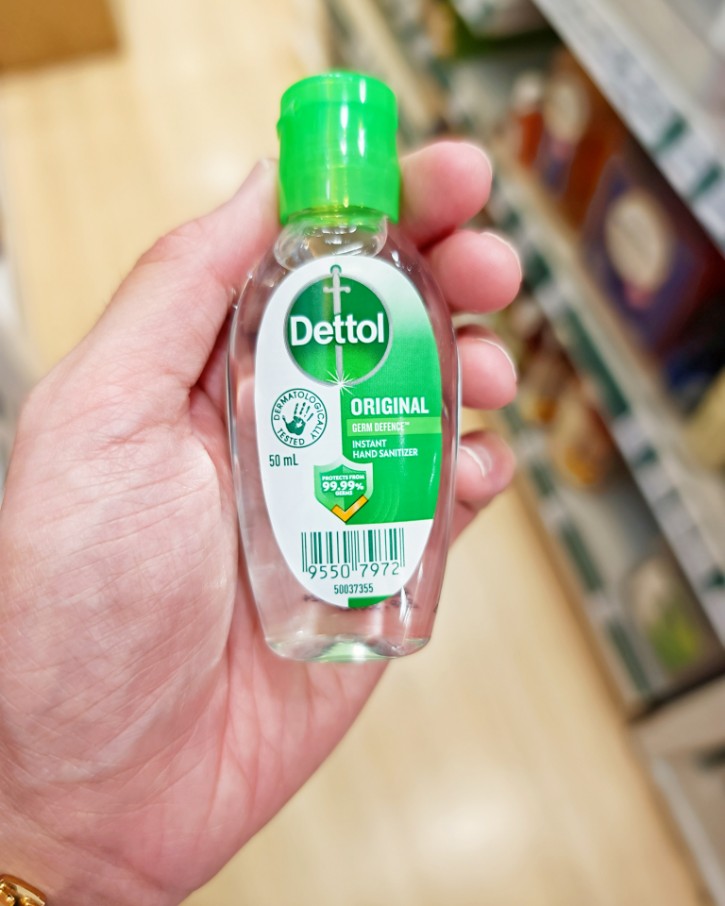
- Common Surfaces: You’ll often touch things like poles, handrails, and ticket machines used by many people.
- Staying Healthy: Use hand sanitizer after riding public transport to reduce germs and lower your risk of catching illnesses like COVID-19.
12. Swimwear
a. Hotels with Pools
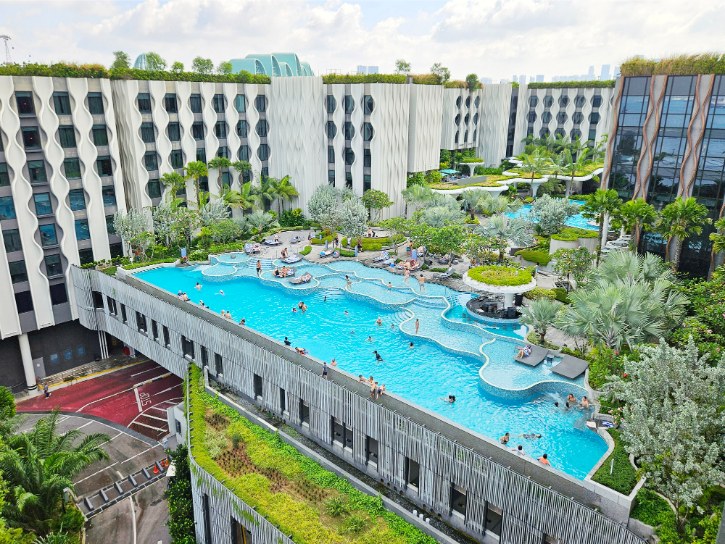
- Hotel Pools: Many hotels in Singapore have nice pools for guests, so bring swimwear to enjoy them.
- Rooftop Pools: Some hotels like Marina Bay Sands offer rooftop pools with fantastic city views, while others like The Outpost Hotel Sentosa provide relaxing rooftop pools overlooking the sea.
- Cool Off: Singapore’s weather is hot, so swimming in a hotel pool helps you cool down after sightseeing.
b. Sentosa Island’s Beaches
- Palawan Beach: Great for families, featuring calm waters and a suspension bridge to a small island.
- Siloso Beach: Popular for watersports like kayaking and beach volleyball; good for active visitors.
- Tanjong Beach: A quieter spot, ideal if you want a peaceful place to swim or relax by the sea.
Read More: I Stayed at These 2 Incredible Singapore Hotels
3 Items to Avoid Bringing to Singapore
a. Chewing Gum
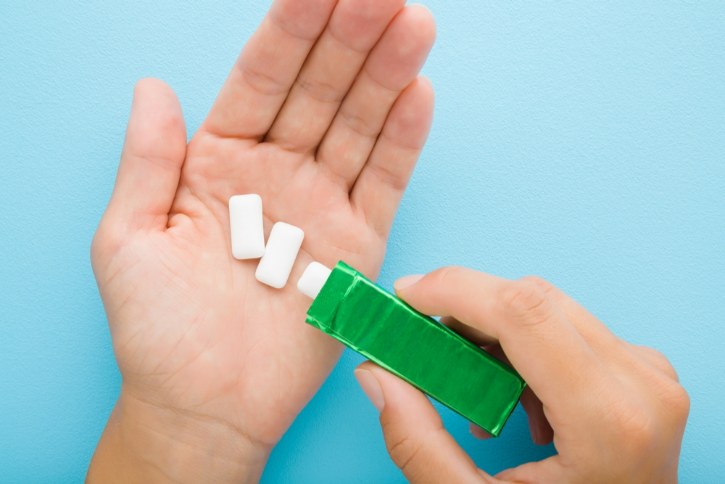
i. Chewing Gum Laws in Singapore
- No Import or Sale: Bringing large amounts of chewing gum into Singapore or selling it is against the law and has been banned since 1992.
- Medical Gum: Special gums for medical use, like dental or nicotine gum, are allowed, but you can only get them from pharmacies or doctors.
ii. Bringing Gum for Personal Use
- Small Quantity Only: You can bring just one or two packs of gum for your personal use.
- Don’t Share or Sell: Giving or selling gum to anyone else is illegal in Singapore.
- Proper Disposal: Always wrap your gum and throw it into trash bins. Littering gum in public can result in fines.
b. E-cigarettes
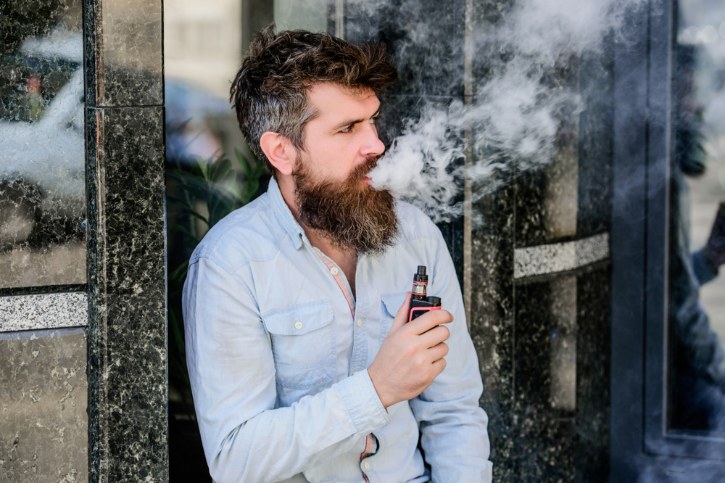
i. Vaping is Illegal
- Complete Ban: You can’t use, buy, or even carry e-cigarettes in Singapore; it’s totally banned.
- All Types Included: Every type of vape device is illegal, even if it doesn’t have nicotine.
- No Exceptions: Personal use or “nicotine-free” devices aren’t allowed either.
ii. Severe Penalties for Violations
- High Fines: If you’re caught with a vape, you could face fines of up to S$2,000.
- Jail Risk: Importing multiple devices or selling vapes can result in fines up to S$10,000 or up to 6 months in jail.
iii. What Happens if You’re Caught
- Device Confiscation: Your vape and any liquids will be taken away immediately.
- On-the-Spot Fines: Authorities typically issue immediate fines up to S$2,000 without court involvement.
c. Large Suitcase (If Not Needed)
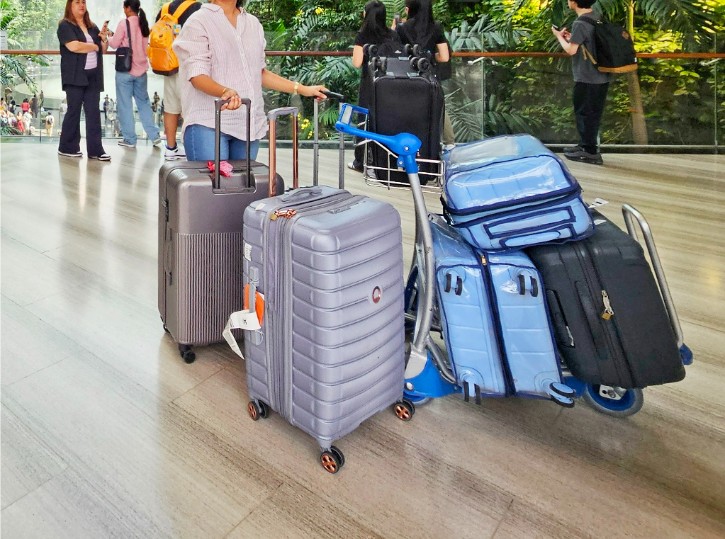
i. Crowded Spaces
- Trains and Buses: Singapore’s trains (MRT) and buses can be very crowded, especially from 7:30–9:30 AM and 5:30–7:30 PM.
- No Space for Big Bags: There’s no special area for large suitcases on public transport, so you’ll struggle to board or find room for your luggage.
- Busy Stations: Stations often get packed, making it hard to move around easily with large suitcases.
ii. Hotel Room Constraints
- Small Rooms: Hotel rooms, especially affordable ones, are usually small (about 10–15 sqm).
- Limited Storage Space: You’ll have very little space to open or store big suitcases in your room.
- Difficult to Move Around: Large luggage can block walkways and make your room feel crowded and uncomfortable.
Good to Know: If you stay for many days, you may still need a large suitcase. That’s fine, but try not to pack too much. Bring only what you really need to make your luggage easier to handle.

